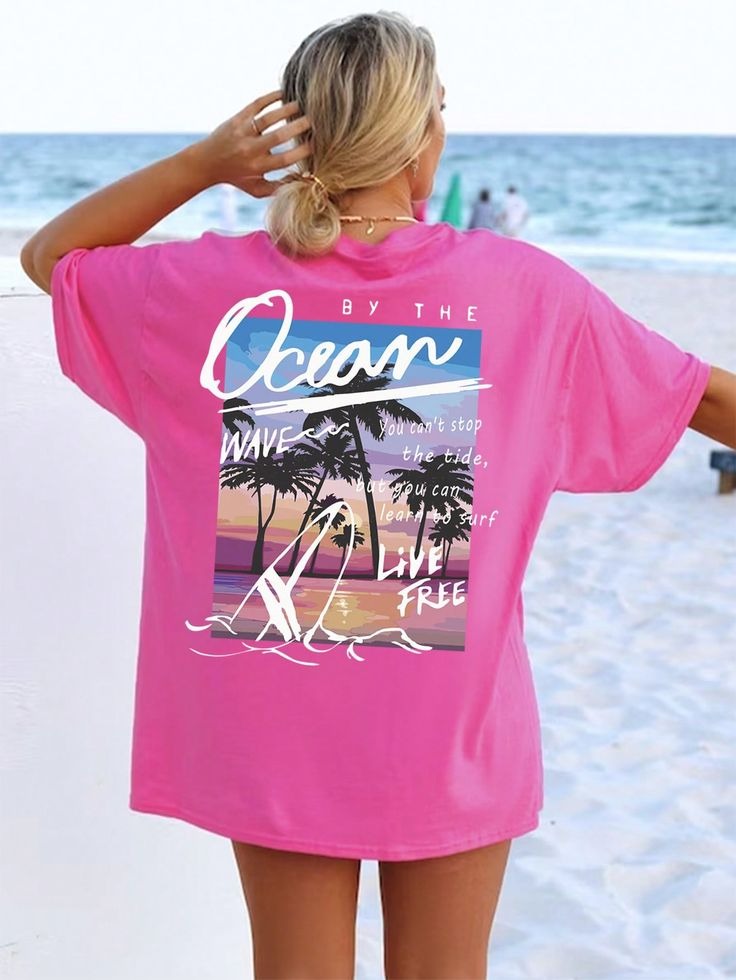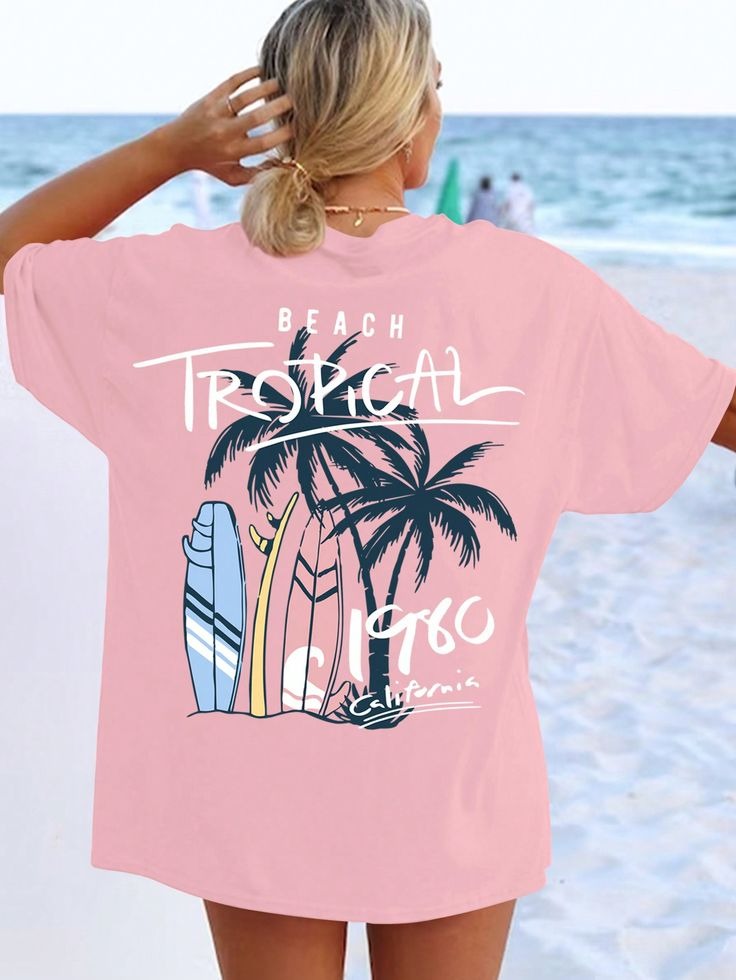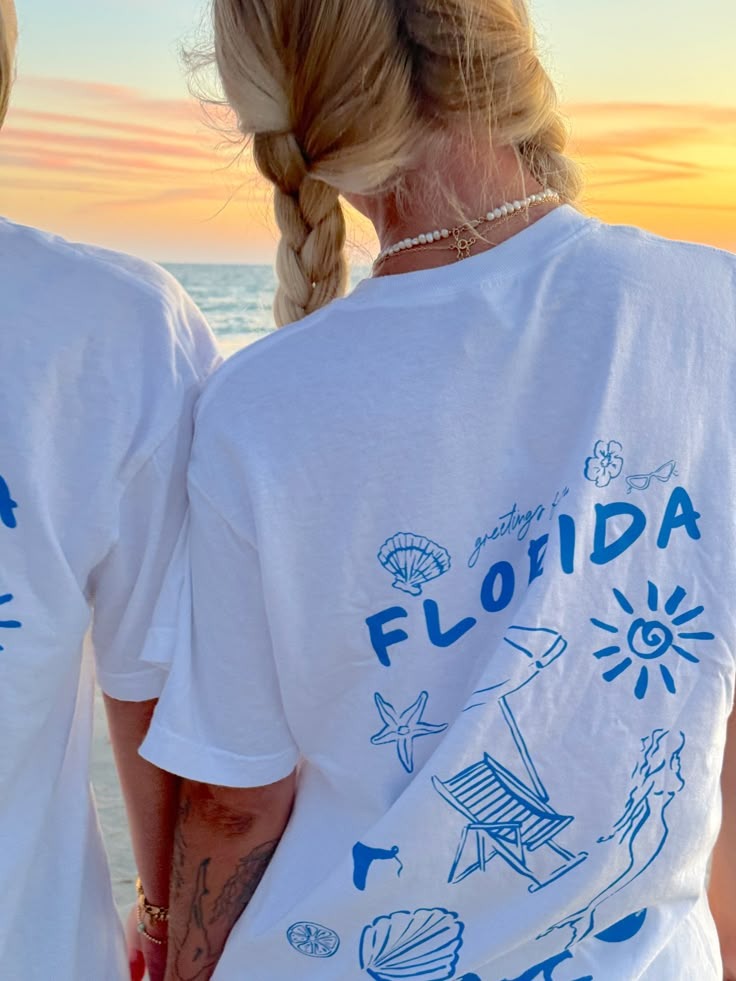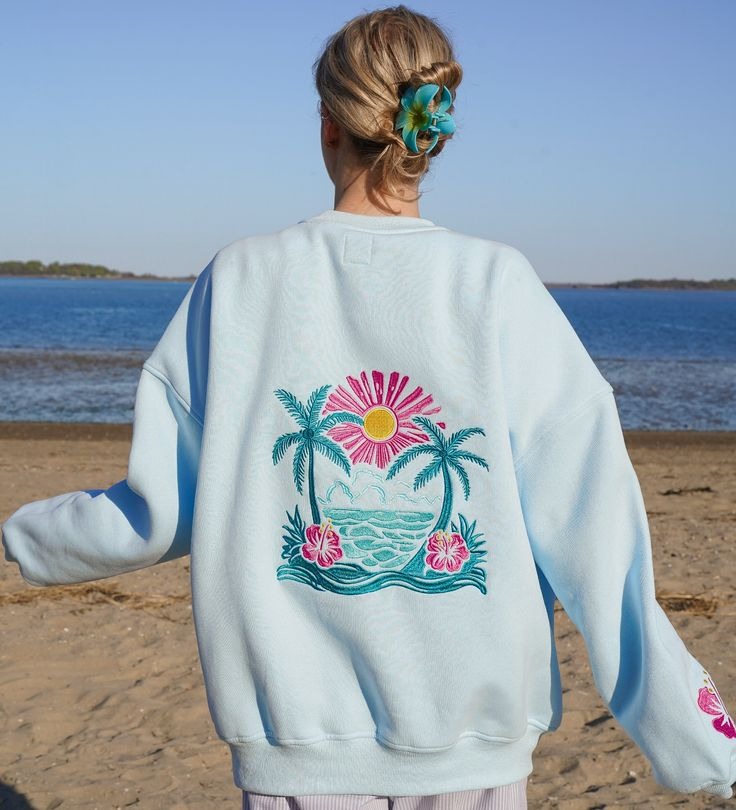No products in the cart.: 0,00$
T-Shirts: A Continual Evolution of Comfort, Creativity, and Consciousness

Introduction
The T-shirt, with its deceptively simple shape—a torso panel and two sleeves—has transcended its humble origins to become a global cultural touchstone. Few garments offer such a direct line to personal identity, social movements, technological advancement, and environmental debate. This article explores the multifaceted story of the T-shirt, charting its development from everyday undergarment to dynamic canvas, examining the forces that shaped its evolution, and forecasting the innovations that lie ahead. In this extensive journey, we will delve into the garment’s historical roots, material breakthroughs, cross-cultural exchanges, artistic roles, economic significance, ecological challenges, ergonomic design considerations, and visionary futures.
Historical Foundations
The lineage of the modern T-shirt begins in the late nineteenth century, when industrial workers and sailors sought relief from restrictive layered clothing. Early knit undergarments offered breathability and ease of movement, and by the 1910s many naval forces around the world had adopted lightweight cotton jerseys as standard issue underlayers. Even so, these garments remained hidden beneath uniforms until the Second World War.
In the Mediterranean and Pacific theaters, service members found that the cotton knit undershirt provided superior comfort in tropical heat. Returning veterans, nostalgic for the relief it offered, began wearing these shirts at home, blurring the line between private undergarment and public outerwear. Meanwhile, Hollywood icons such as Marlon Brando in “A Streetcar Named Desire” and James Dean in “Rebel Without a Cause” cemented the image of the plain white T-shirt as a symbol of youthful rebellion and raw authenticity. By the 1950s, what began as workwear had become emblematic of a new casual culture.
Technological Advancements in Fabric and Production
Advances in fiber science and manufacturing have continually reshaped the T-shirt’s performance and appeal. The 1950s saw the widespread adoption of ring-spun cotton, whose finer, more uniform yarns produced shirts with improved strength and smoother hand feel. The advent of synthetic fibers in the 1970s introduced polyester blends that delivered moisture management, quick-drying properties, and resistance to shrinkage and wrinkles.
The late twentieth and early twenty-first centuries have witnessed radical leaps in both material and process innovation. Microfiber technology enabled ultra-fine knits with enhanced breathability and moisture-wicking capabilities favored by athletes and outdoor enthusiasts. Meanwhile, recycled polyester—derived from post-consumer plastic bottles—offered a path to reducing reliance on virgin petrochemicals. Natural alternatives such as modal, lyocell, and bamboo viscose emerged, balancing performance with a lower environmental footprint.
On the production side, digital direct-to-garment printing revolutionized design freedom, allowing full-color, photorealistic images to be printed on demand. Waterless dyeing technologies and pigment printing methods drastically cut water usage and toxic effluent discharge, addressing one of the industry’s most pressing environmental concerns. Three-dimensional knitting machines now fabricate entire shirts to specification, eliminating cut-and-sew waste and enabling on-demand, made-to-measure garments in minutes.
Cultural Exchange and Globalization
The T-shirt’s journey from Western workwear staple to a global phenomenon reveals much about cultural exchange in an interconnected world. In the 1960s and 1970s, student protest movements in Europe, North America, and Asia adopted screen-printed tees to broadcast political messages and rally supporters. Slogans opposing war, demanding civil rights, and championing environmental causes were disseminated at marches, concerts, and teach-ins, forging transnational solidarity.
By the 1980s and 1990s, global travel and mass media further spread T-shirt cultures. Japanese designers blended American streetwear influences with indigenous motifs, creating hybrid styles that resonated both at home and abroad. Hip-hop culture in New York City adopted bold graphic tees as a key element of its aesthetic, which was then embraced by youth around the world through music videos and magazine spreads. Festivals, sports events, and brand collaborations facilitated the rapid transmission of trends, while e-commerce platforms in the twenty-first century democratized access to international designs, making limited-edition drops reachable across continents.
Artistic Expression and Personal Narratives
A T-shirt can function as a blank slate, a portable exhibition space for text, imagery, and texture. In recent decades, artists have harnessed the garment’s ubiquity to create wearable art that travels with the wearer. Screen printers and graffiti artists collaborate on small-batch runs that fuse street art sensibilities with fine art concepts. Illustrators produce all-over prints that wrap garment panels in visual narratives, while photographers transfer iconic images—landscapes, portraits, abstract compositions—onto fabric.
Beyond professional artistry, the rise of DIY customization platforms empowers individuals to design and print their own tees. Online tools enable users to upload personal photographs or graphics, select shirt styles, and order small quantities for family, events, or entrepreneurial ventures. Tie-dye kits, fabric paints, embroidery hoops, and iron-on transfers remain popular at home, allowing wearers to imbue even mass-produced garments with unique stories. In this way, the T-shirt functions not only as clothing but as a dynamic medium for self-narration.
Market Dynamics and Economic Impact
The global T-shirt market is a multi-billion-dollar industry, buoyed by steady demand across demographic groups and price points. Fast-fashion giants leverage razor-thin margins and high turnover to flood markets with inexpensive tees, encouraging frequent purchases and quick disposal. At the opposite end of the spectrum, luxury fashion houses offer artisanal, limited-edition shirts that command premium prices and speak to exclusivity and craftsmanship.
Between these poles lies a flourishing mid-market sector of sustainable and ethical brands. These companies invest in higher-quality materials, transparent supply chains, and fair labor practices, appealing to consumers willing to pay a modest premium for durability and peace of mind. Subscription services and rental models have also emerged, allowing subscribers to rotate through curated selections of shirts, reducing the need for outright ownership and extending the garment’s lifecycle through professional cleaning and repair.
The secondary market further underscores the T-shirt’s economic significance. Collector communities form around iconic collaborations, vintage band tees, and historically significant prints. Auctions and resale platforms facilitate trading in rare pieces, with some fetching hundreds or thousands of dollars. This ecosystem of production, consumption, and resale illustrates the T-shirt’s capacity to generate value at every stage of its journey.
Environmental Footprint and Regenerative Practices
Despite the T-shirt’s cultural and economic successes, its environmental toll has sparked widespread concern. Conventional cotton farming consumes vast quantities of water—often in water-stressed regions—while relying on chemical fertilizers and pesticides. Dyeing and finishing processes have traditionally released toxic effluents into waterways, and synthetic fibers contribute microplastic pollution with every wash cycle. End-of-life disposal further burdens landfills or informal recycling sectors in developing countries.
In response, industry leaders and innovators are pioneering regenerative practices. Regenerative agriculture for cotton focuses on soil health, biodiversity, and carbon sequestration, reducing reliance on chemical inputs and reviving ecosystems. Circular design principles—such as designing for disassembly and recyclability—enable garments to re-enter production streams as new fibers. Mechanical and chemical recycling technologies break down post-consumer cotton and polyester into reusable material, while closed-loop water systems reclaim and treat process water.
Some brands have introduced take-back programs, collecting worn tees to upcycle into new textiles, home insulation, or sound-absorbing panels. Blockchain tracing platforms certify each shirt’s origin, ensuring that organic certifications and fair labor standards are upheld from farm to factory to consumer. Consumer education campaigns emphasize proper care—washing in cold water, line drying, repairing minor damage—to reduce environmental impact at the use stage. Collectively, these efforts chart a path toward a truly circular T-shirt economy.
Wearability and the Human Interface
The T-shirt’s true success story is its ability to deliver comfort and functionality across contexts. Ergonomic considerations—such as raglan sleeves for greater shoulder mobility, mesh-vented panels for airflow, and seamless shoulder construction for reduced chafing—have migrated from performance wear into everyday styles. Knit structures vary from single jersey to pique to rib, each offering distinct hand feel, drape, and stretching characteristics.
Innovations in fit cater to a wider range of body shapes and preferences. Standard cuts are complemented by relaxed, boxy silhouettes and figure-skimming slim fits. Strategic seam placements and contouring add subtle definition or drape, while adjustable features—drawcord hems, rollable sleeves—allow wearers to customize their look and comfort. Even the simplest crew-neck shirt benefits from refined neckline proportions and collar construction, reducing collar roll and enhancing longevity.
Material blends balance comfort with performance. Small percentages of elastane deliver stretch and shape retention, while moisture-management treatments draw perspiration away from the skin. Antimicrobial finishes help prevent odors, extending wear between washes. These technical features, once confined to athletic apparel, have become expectations for premium everyday T-shirts.
Future Innovations and Speculations
Looking ahead, the T-shirt continues to promise transformation. Smart textiles may integrate microelectronic sensors and conductive yarns that monitor vital signs, posture, or environmental parameters. Wearable computing woven into the fabric could interface with smartphones, offering discreet notifications or haptic feedback. Shape-memory polymers might allow garments to adapt form in response to temperature or movement, optimizing insulation or ventilation in real time.
Digital and physical realms will converge further through augmented reality. Shoppers may preview digital-only designs mapped onto their bodies via AR apps, purchasing NFTs that unlock limited-edition physical prints. Virtual fashion shows and metaverse experiences will showcase T-shirt collections that exist simultaneously as code and cloth. On-demand manufacturing kiosks may appear in retail outlets, knitting personalized shirts while customers wait, merging bespoke craftsmanship with industrial precision.
In materials, biofabrication methods could grow cellulose-based fibers in microbial cultures, drastically reducing land and water use. CO₂-derived polymers may transform greenhouse gas into high-performance synthetic yarns. Combined with closed-loop water and energy systems, such breakthroughs hint at a future where T-shirt production leaves virtually no environmental footprint.
Conclusion
The T-shirt’s journey—spanning workwear innovation, military heritage, Hollywood iconography, grassroots activism, high-art collaborations, and sustainable revolutions—underscores its unparalleled versatility. As a garment, it offers comfort, adaptability, and personal expression. As a cultural artifact, it channels social movements, artistic endeavors, and economic shifts. As an industrial product, it confronts pressing ecological and ethical challenges.
Embracing the lessons of the past and harnessing the technologies of tomorrow, the T-shirt stands poised to remain both wardrobe cornerstone and engine of innovation. By valuing thoughtful design, regenerative practices, and human-centered experiences, we can ensure that this simplest of garments continues to serve individuals and societies in ever-evolving ways—melding comfort with consciousness, style with sustainability, and tradition with transformation.




